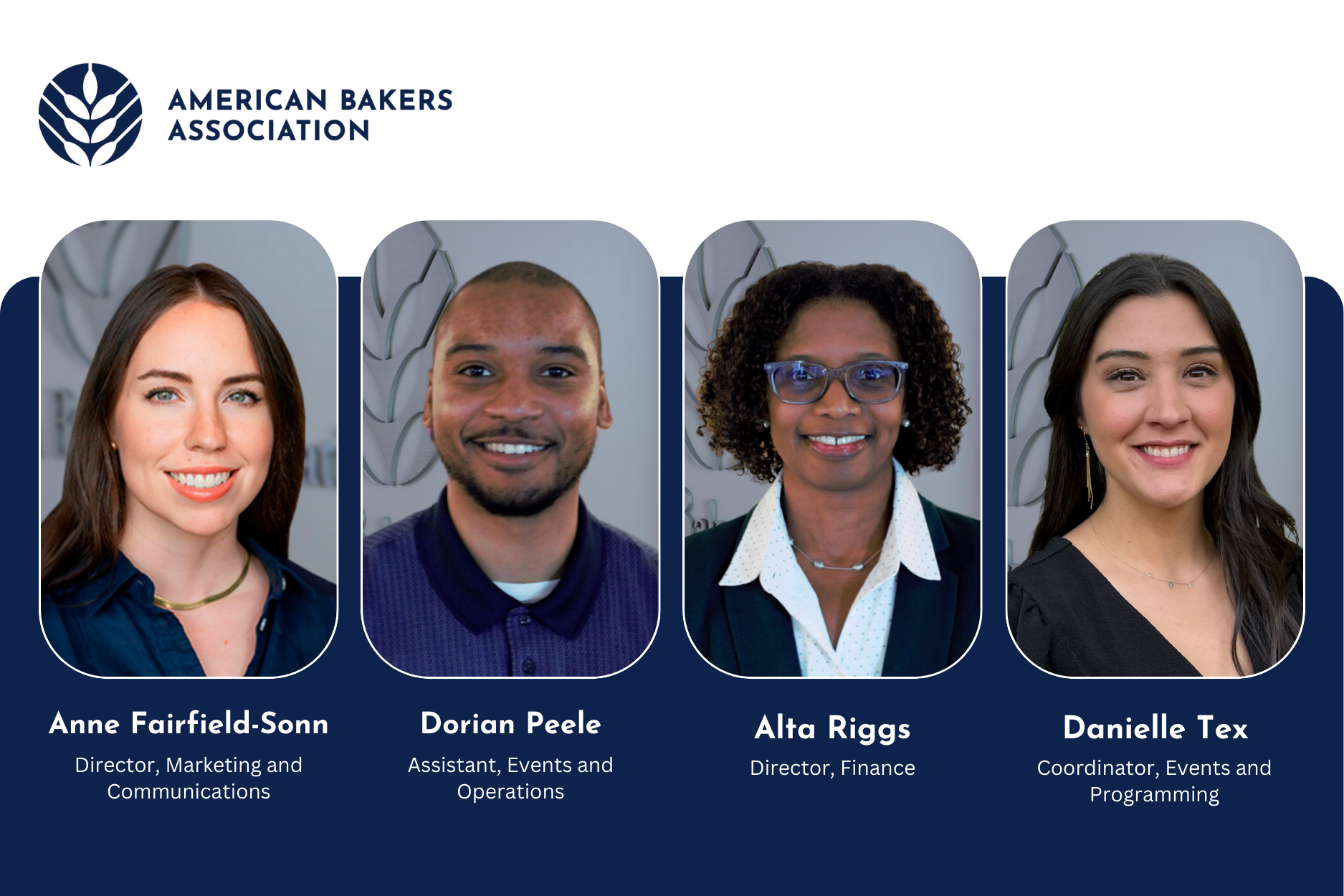Latest news

American Bakers Association Expands Team to Drive Strategic Goals

Simon T. Bailey Named American Bakers Convention Leadership Keynote


| Bread Manufacturing Process Course Syllabus - English and Spanish (2.85 MB) | 2.85 MB |
This course focuses on the steps to manufacture pan bread, using a sponge and dough system, the most common dough system for white pan bread. The course comprises scaling ingredients, mixing, and fermentation, covering information common for all dough systems and highlighting differences with other dough systems.
The course then branches into each dough system learning the mixing and fermentation specifics. The dough systems are listed from most to least commonly used for large-scale production. Additional learning objectives include liquid fermentation and continuous mix, which are simplified to illustrate the primary process.
The course is divided into two sections comprised of 20 modules.
Manufacturing Process – Part 1:
Manufacturing Process – Part 2:
Course Enrollment Information:
In addition to specific content for each step, at the highest level upon completion of this course, you will be able to:


